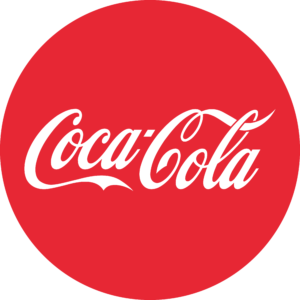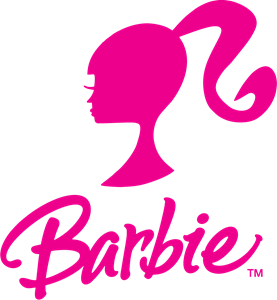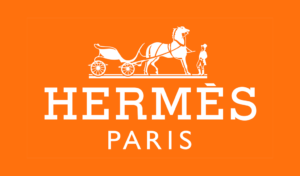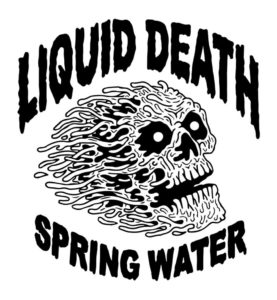Peter Drucker said, “Results are obtained by exploiting opportunities, not by solving problems”
That reminds you that….
To effectively plan for results, we must continuously ask key questions:
- What results are we committed to achieving?
- What objectives will bring us closer to realizing our vision?
- What needs to change to make significant progress toward that vision?
The Psychology of Results
Results planning is not just about actions; it’s about mindset. It’s a way of thinking that focuses on the bigger picture, preventing us from getting lost in the busy work that may not drive us toward our goals. As Peter Drucker noted, organizations that adopt a results-oriented mindset are more effective with their time and resources, leading to higher productivity and creativity.
This principle applies to individuals as well. Adopting a results-focused mindset aligns our daily actions with long-term goals, making our efforts more purposeful.
Five Steps to Results Planning
Results planning may seem simple, but it takes time to master. Once integrated, it transforms your ability to manage time and achieve meaningful progress. Many people resist this shift because they’re so used to thinking in terms of “to-do” lists. However, once you adopt results planning, the outcomes speak for themselves.
Results planning can be done yearly, quarterly, monthly, weekly, or even daily. The more frequently you practice, the more intuitive it becomes.
Step 1: Capture Your Ideas, Actions, Results, and Communications
Write down everything you want to achieve over the next 90 days. Consider the results that need to happen, the information you need, the systems to be installed, and the people you need to contact. Ask yourself:
- What am I committed to accomplishing?
- What longer-term projects will I make significant progress toward?
Capture everything without judgment—this is your brainstorming stage.
Step 2: Group Similar Items
Take your list from Step 1 and group related ideas and tasks together. This will help you identify themes or areas of focus, making it easier to prioritize and streamline your efforts.
Step 3: Clarify Results and Create a Strategic Action Plan
Look at each group from Step 2 and define the overarching result you aim to achieve. For example, if your goal is health-related, you might define a result such as “To increase my energy levels” or “To lose 15 pounds in the next 90 days.”
Once you clarify your result, ask, What has to happen to achieve this? This critical question keeps you focused on the end goal, avoiding unnecessary actions that don’t move you forward. Sometimes, a single action can eliminate the need for several smaller tasks, allowing you to make faster progress.
Step 4: Schedule Time to Achieve Your Results
Block out time in your calendar to work toward your specific result. Treat this time as sacred—turn off your phone, close your email, and eliminate distractions. Focus solely on making progress toward the result you’ve set.
Step 5: Monitor and Measure Your Progress
During your weekly planning session, review your progress. Did you achieve the results you intended? What worked well? Where did you fall short, and what can you learn from it?
Celebrate your victories, and don’t be discouraged by setbacks. Learn from them and set your intentions for the week ahead.
Results Versus Actions
One of the most important mental shifts you can make is moving from a focus on immediate tasks to thinking in terms of desired results. This shift distinguishes a detailed, managerial mindset from a broader, entrepreneurial one. If you stay buried in the details, you risk losing sight of the bigger picture.
In today’s action-driven world, it’s easy to confuse tasks with results. However, results, outcomes, goals, and targets are not the same as actions. Here’s the distinction:
- Result: A measurable, monitorable objective stated in positive terms, with a clear deadline. Defining results requires skill and clarity.
- Action: A step taken to achieve the desired result.
For instance, if you’re working on a book proposal, you may list “Complete my book proposal.” But is that a result or an action? It depends on how you view it. Completing a book proposal involves various actions: reading, researching, brainstorming, and writing. While completing the proposal is a result, it may not be the end picture. The ultimate result could be getting the book published or becoming a best-selling author. As Stephen Covey taught, beginning with the end in mind is one of the key habits of highly effective people.
Results planning is about defining what you want to achieve and focusing your actions toward that end. By shifting from a task-oriented mindset to a results-driven one, you will not only manage your time better but also achieve far more meaningful outcomes. The process may take time to master, but once you do, the results will speak for themselves.
















